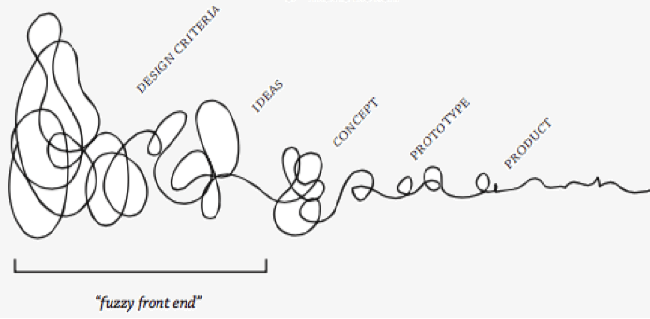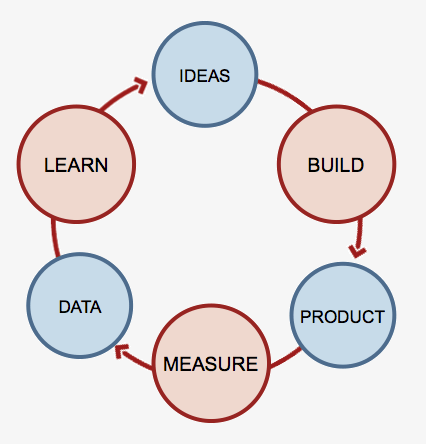The Development Design Process
Traditionally, the development design process has been depicted as a series of steps that designers follow to come up with an appropriate solution to a problem. However, the application of design thinking to new kind of problems has proven that this interpretation of design presents several and substantial misconceptions.
First of all, there is not a unique, simple and optimal solution that must be applied to solve a specific problem. On the contrary, there is a space of solutions that should be explored to find out a meaningful solution. Secondly, there is not a single sequence of steps to solve a problem; design is not a deterministic (systematic) activity but a stochastic (heuristic) labor. Finally, designers do not always face with “well-structured problems”. The classical view of design considers that “ill-structured problems” are only so at first analysis: thanks to problem-solvers applying certain problem-solving strategies, these problems rapidly acquire structure. Unfortunately, the experience has shown the incorrectness of this approach. More of the design problems are wicked to solve.
As a result, the shape of the development design process has changed markedly over the last ten years. Currently, the development design process is mainly conceived as an iterative and incremental process that allows ongoing adaptation and improvement.


